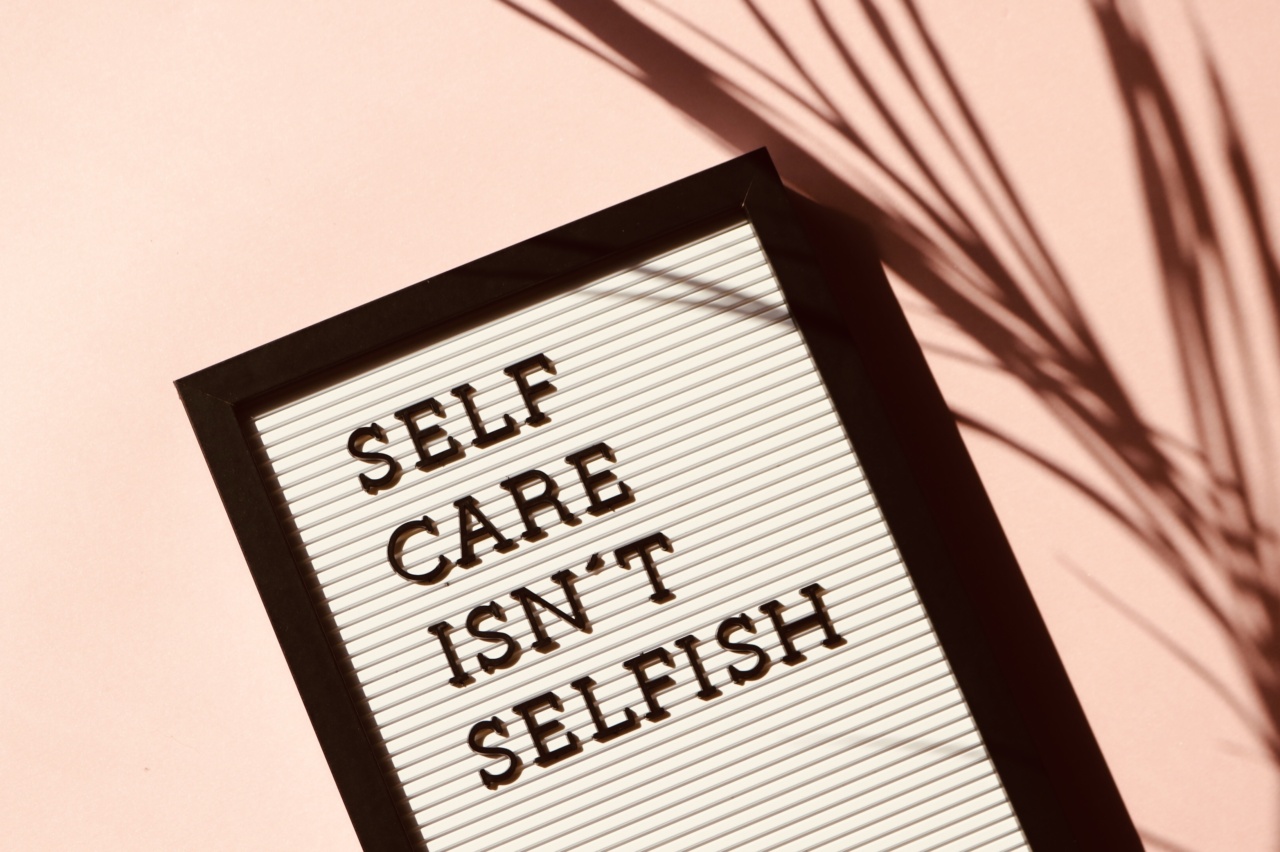Wi-Fi networks have become ubiquitous in recent years and are now a common feature in homes, offices, schools, airports and coffee shops.
Most people rely on these networks to connect to the internet and do work, but not many are aware of the potential health effects of prolonged exposure to Wi-Fi radiation. In this article, we explore the health risks associated with Wi-Fi networks and what you can do to protect yourself.
What Is Wi-Fi Radiation?
Wi-Fi radiation is a type of electromagnetic radiation that is emitted by wireless devices such as routers, laptops, smartphones, tablets, and smart TVs.
This radiation is non-ionizing, which means that it doesn’t have enough energy to ionize atoms or molecules in the body and cause damage at the cellular level like ionizing radiation (X-rays and gamma rays) does. However, that doesn’t mean it’s entirely safe.
Are Wi-Fi Networks Harmful?
The World Health Organization (WHO) has classified radiofrequency radiation (RFR), which includes Wi-Fi radiation, as a possible carcinogen. This means that there is some evidence linking RFR exposure to cancer, although the evidence is not conclusive.
Other studies have associated RFR exposure with other health problems such as headaches, fatigue, sleep disturbances, skin allergies, and cognitive and behavioral problems in children.
How Does Wi-Fi Radiation Affect Your Health?
Wi-Fi radiation can affect your health in several ways, including:.
1. Brain Health
One of the biggest concerns of Wi-Fi radiation is its effect on brain health. Studies have shown that exposure to RFR can affect brain activity, alter brain cell function, and cause changes in brain chemistry.
This can lead to cognitive and behavioral problems such as headaches, memory loss, and difficulty concentrating.
2. Reproductive Health
Wi-Fi radiation can also affect reproductive health. Studies have shown that RFR exposure can reduce sperm motility and increase DNA damage in sperm. This could lead to infertility, miscarriages, and birth defects.
3. Immune System
Another concern is the effect of Wi-Fi radiation on the immune system. Studies have shown that RFR exposure can cause changes in the immune system, leading to weakened immunity and an increased susceptibility to infections.
4. Melatonin Production
Wi-Fi radiation can also disrupt the production of melatonin, a hormone that regulates sleep-wake cycles. Studies have shown that exposure to RFR can reduce the production of melatonin, leading to sleep disturbances and insomnia.
5. Skin Health
Exposure to Wi-Fi radiation can also affect the skin. Studies have shown that RFR exposure can cause skin allergies, itchiness, and redness.
How to Protect Yourself from Wi-Fi Radiation?
While it may be difficult to completely eliminate exposure to Wi-Fi radiation, there are steps you can take to reduce your risk. Here are some tips:.
1. Limit Exposure
One way to reduce your exposure to Wi-Fi radiation is to limit your use of wireless devices. Turn off your Wi-Fi router when not in use, and avoid using your cell phone or laptop in bed or on your lap.
2. Use Wired Connections
Using wired connections such as Ethernet cables and landline phones can reduce your exposure to Wi-Fi radiation. If you have a desktop computer, consider using a wired connection instead of a wireless one.
3. Use Protective Devices
There are protective devices that you can use to reduce your exposure to Wi-Fi radiation, such as radiation shields for laptops and cell phones. These shields work by diverting the radiation away from your body.
4. Keep a Safe Distance
If you must use a wireless device, keep a safe distance from it. The further away you are from the device, the lower your exposure to RFR will be.
5. Use a Wi-Fi Analyzer
A Wi-Fi analyzer can help you identify the areas where Wi-Fi radiation is the strongest. This can help you avoid those areas or move your work station to a safer location.
Conclusion
Wi-Fi networks have become an essential part of modern life, but they come with some potential health risks.
While the evidence linking Wi-Fi radiation to health problems is not conclusive, it’s better to err on the side of caution and take steps to reduce your exposure. By following the tips outlined in this article, you can minimize your risk and protect your health.





























